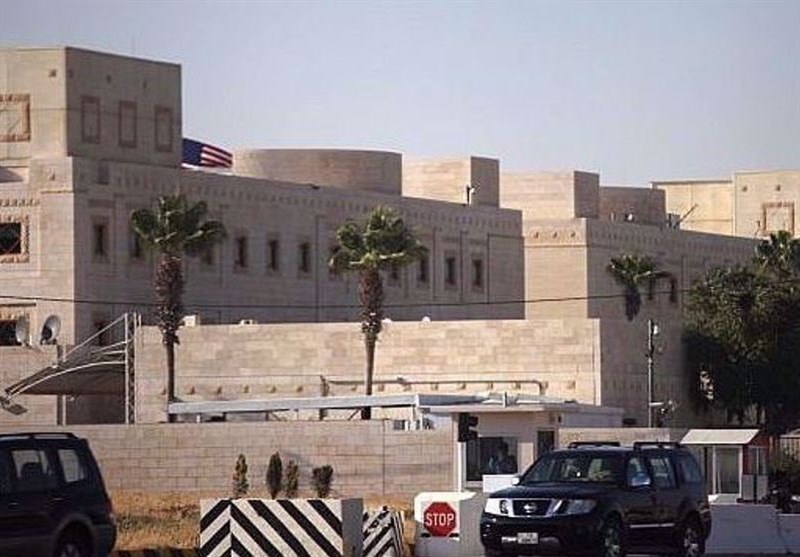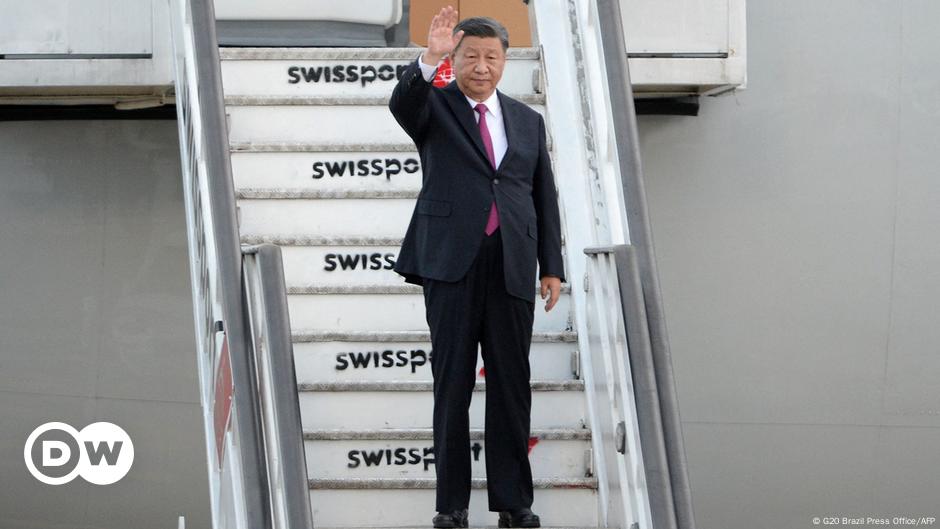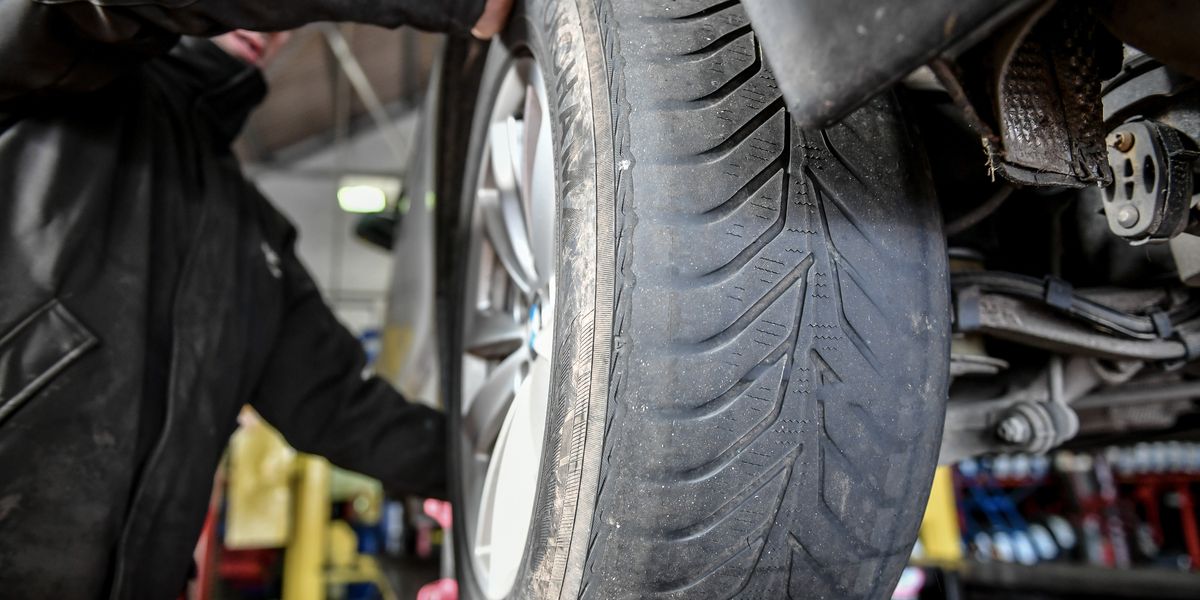The IDF called the missile interception a success, but damage in Ramat Gan highlights ongoing defense system challenges.
By YONAH JEREMY BOB NOVEMBER 19, 2024 15:44 Updated: NOVEMBER 19, 2024 15:47 Security and rescue personel work at the scene where a bus and buildings were hit following a rocket attack from Lebanon towards Israel in Ramat Gan in central Israel November 18, 2024.
(photo credit: REUTERS/ITAI RON)
Security and rescue personel work at the scene where a bus and buildings were hit following a rocket attack from Lebanon towards Israel in Ramat Gan in central Israel November 18, 2024.
(photo credit: REUTERS/ITAI RON)
How and why did Hezbollah succeed at hitting Ramat Gan on Monday night?
And why did the IDF first say that they had shot down the Hezbollah ballistic missile, only for the police to contradict them, and for the military to later put out an amended message that indicated both the IDF and the police had some part of the story right?
Shortly before 9:00 p.m. last night, Hezbollah fired a ballistic missile at the Tel Aviv area.
The Iron Dome is generally not capable of shooting down ballistic missiles due to their speed and different trajectory from cheaper Hezbollah rockets.
Alternatively, David’s Sling and the Arrow 2 and 3 missile defense systems are each capable of shooting down different kinds of ballistic missiles, with David’s Sling focused on medium-range missiles and the Arrow systems capable of shooting down longer-range missiles up in the atmosphere.
The IDF did strike the missile
The IDF fired off interceptors to destroy the ballistic missile and they struck it at a height of around 12 kilometers high in the sky.
So, the IDF was correct when it said that it struck the Hezbollah missile.
However, the IDF also said that some shrapnel from the missile had then fallen to Ramat Gan, causing some damage.
This was not entirely correct.
The police who were on site saw a large part of the still-held-together ballistic missile land in Ramat Gan on a bus, which it struck, causing an explosion, fires, and wounding people nearby.
Stay updated with the latest news!
Subscribe to The Jerusalem Post Newsletter
Based on seeing the large amount of the leftover missile, they concluded it had not been shot down.
They were also partially correct.
What happened, in fact, was that the Israeli interceptor struck the ballistic missile but, for reasons that are now being probed, did not cause the whole ballistic missile to explode as designed.
Rather, a small part of the ballistic missile exploded, but a larger part was simply cut off from the rest of the missile, leading it to drop relatively straight down at high speed from the 12-kilometer shoot-down point.
The fact that so much of the missile remained whole was part of why the damage was much larger than usual and larger than it would have been if what had fallen out of the sky had "just" been smaller pieces of shrapnel.
On the flip side of the coin, because the ballistic missile was cut in half, it also did not have the full destructive impact that it would have had if it had not been shot down at all.
Overall, the IDF would like to present this incident as broadly a success because the missile was hit.
But as more Israelis get killed or wounded and deeper into Israel's borders, questions about how long and competently the air defense systems can protect the Israeli public will also get louder.

 By The Jerusalem Post (World News) | Created at 2024-11-19 14:20:06 | Updated at 2024-11-24 08:01:32
4 days ago
By The Jerusalem Post (World News) | Created at 2024-11-19 14:20:06 | Updated at 2024-11-24 08:01:32
4 days ago








